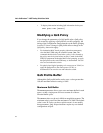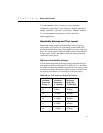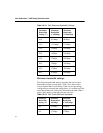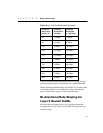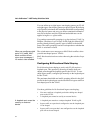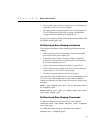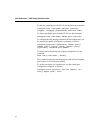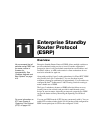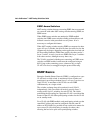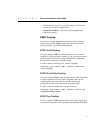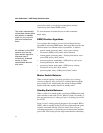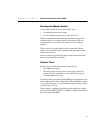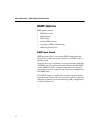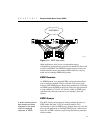
168
Intel
®
NetStructure™ 480T Routing Switch User Guide
ESRP-Aware Switches
480T routing switches that are not running ESRP, but are connected
on a network with other 480T routing switches running ESRP, are
ESRP-aware.
When ESRP-aware switches are attached to ESRP-enabled
switches, the ESRP-aware switches reliably perform failover and
failback scenarios in the prescribed recovery times. It isn’t
necessary to configure this feature.
When 480T routing switches running ESRP are connected to other
types of Layer 2 switches, the failover times for traffic local to the
segment may be longer, depending on the application involved and
the Forwarding Database (FDB) timer used by the other vendor’s
Layer 2 switch. As such, you can use ESRP with Layer 2 switches
from other vendors, although recovery times vary.
The VLANs associated with the ports connecting an ESRP-aware
switch to an ESRP-enabled switch must be configured using an
802.1Q tag on the connecting port or, whenever only a single
VLAN is involved, as untagged using the protocol filter
any.
ESRP Basics
Enterprise Standby Router Protocol (ESRP) is configured on a per-
VLAN basis on each switch. A maximum of four switches can
participate in providing redundant Layer 3 or Layer 2 services to a
single VLAN. A maximum of 64 VLANs can run ESRP
simultaneously on a single switch.
The switches exchange keep-alive packets for each VLAN
independently. Only one switch can actively provide Layer 3
routing and/or Layer 2 switching for each VLAN. The switch
performing the forwarding for a particular VLAN is considered the
master for that VLAN. Other participating switches for the VLAN
are in standby mode.
For a VLAN with ESRP enabled, each participating switch uses the
same MAC address and must be configured with the same IP
address or IPX NetID. It is possible for one switch to be master for
one or more VLANs while being in standby for others, thus
allowing the load to be split across participating switches.



